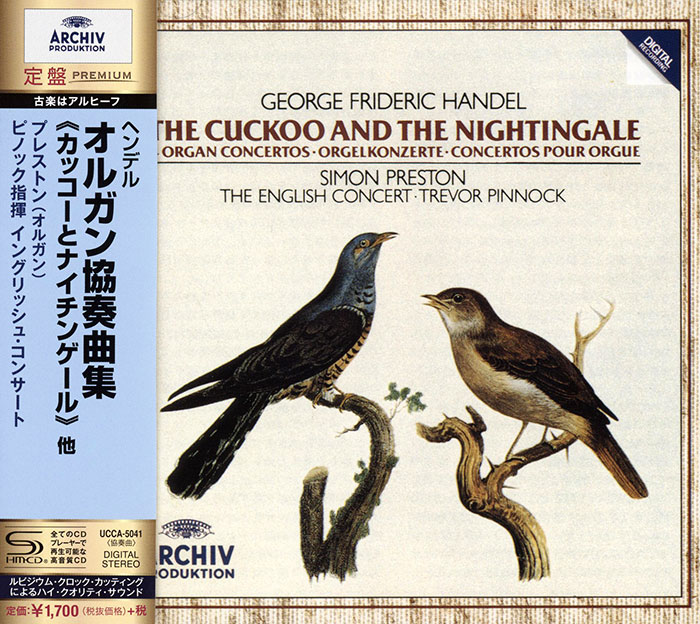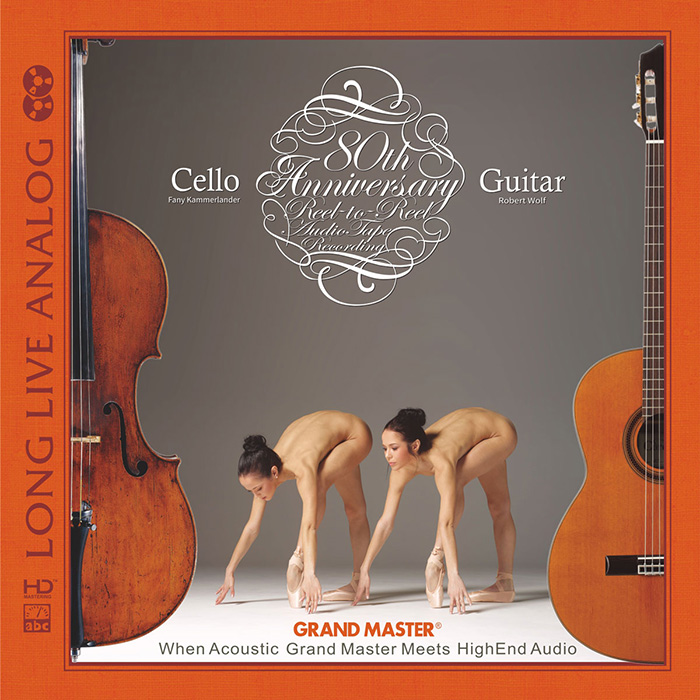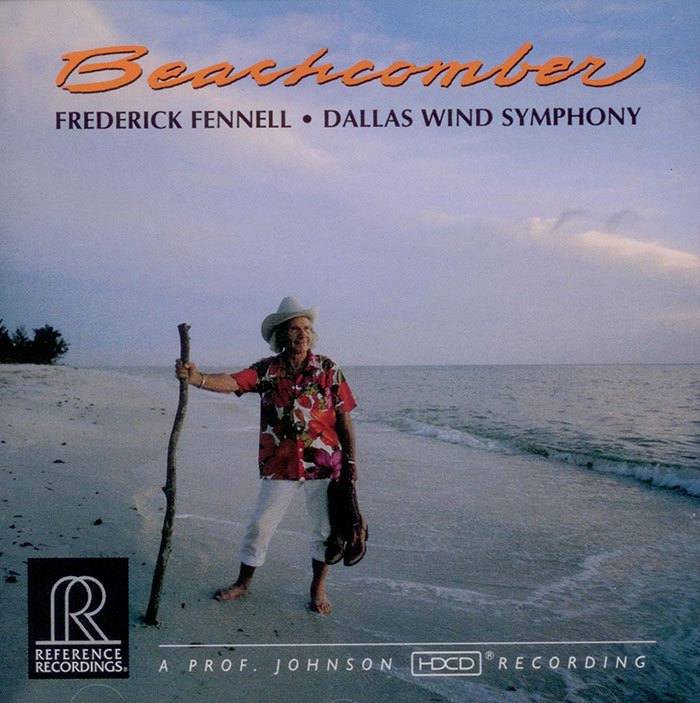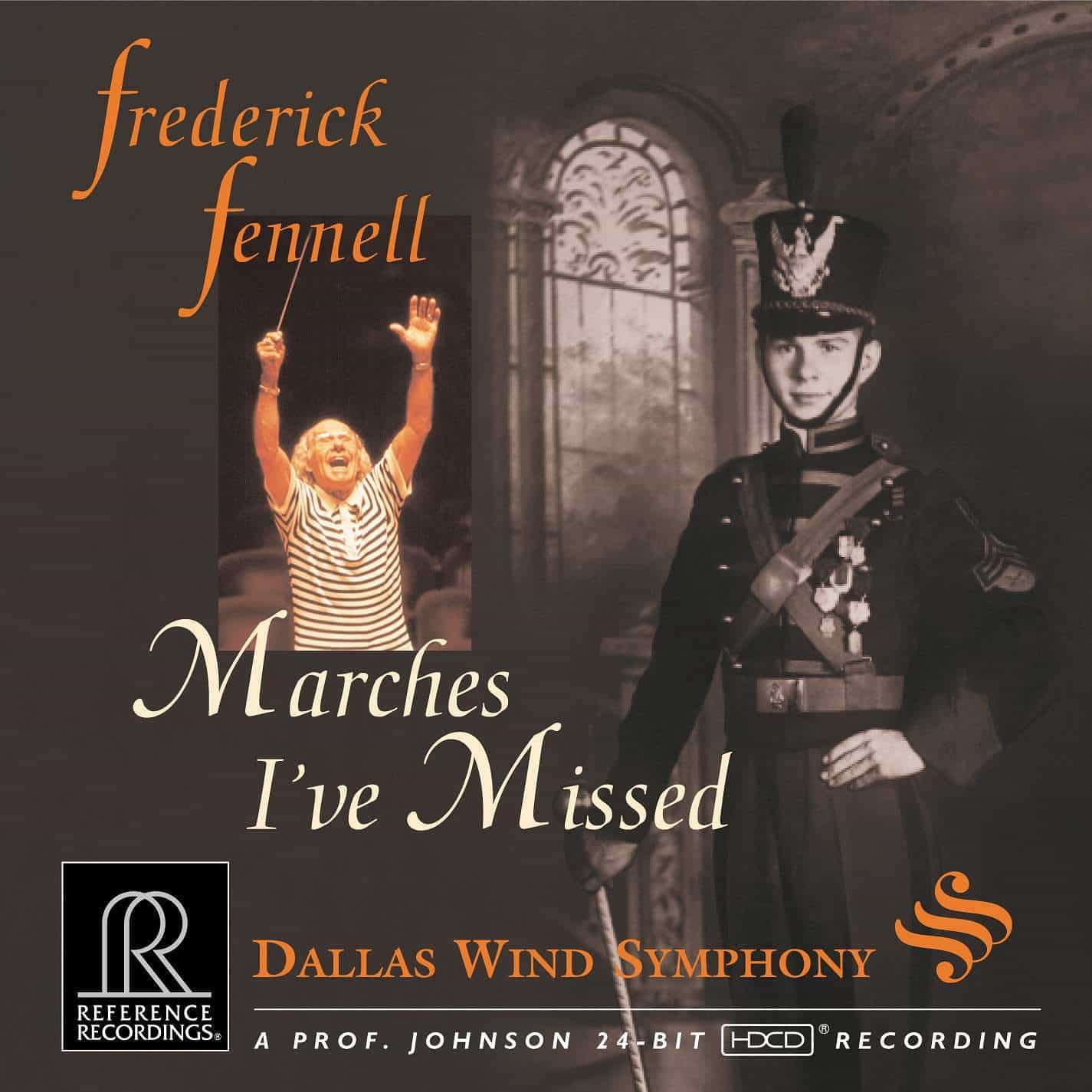Logowanie
Mikołaj - ten to ma gest!
Elton John, The Mamas & The Papas, Cat Stevens, Rod Stewart, Bobbie Gentry, Stevie Wonder, Engelbert Humperdinck
Memory Lane
Edycja Numerowana - 1000 egzemplarzy w skali światowej
RACHMANINOV, Eiji Oue, Minnesota Orchestra
Symphonic Dances / Vocalise
Best Recordings of 2001!!! NAJCZĘŚCIEJ KUPOWANA PŁYTA Z RR!
Karnawał czas zacząć!
Music of Love - Hi-Fi Latin Rhythms
Samba : Music of Celebration
AUDIOPHILE 24BIT RECORDING AND MASTERING
CHOPIN, LISZT, DEBUSSY, DVORAK, Gerhard Oppitz
Dances romantiques - A fantastic Notturno
Wzorcowa jakość audiofilska z Clearaudio
Winylowy niezbędnik
ClearAudio
Double Matrix Professional - Sonic
najbardziej inteligentna i skuteczna pralka do płyt winylowych wszelkiego typu - całkowicie automatyczna
STRAUSS, Johann, WAGNER, CHOPIN, DVORAK, SOUSA, Leonard Bernstein, George Szell, New York Philharmonic
Western Electric Sound - 09/10 - Invitation of Encore / Romantic Serenade
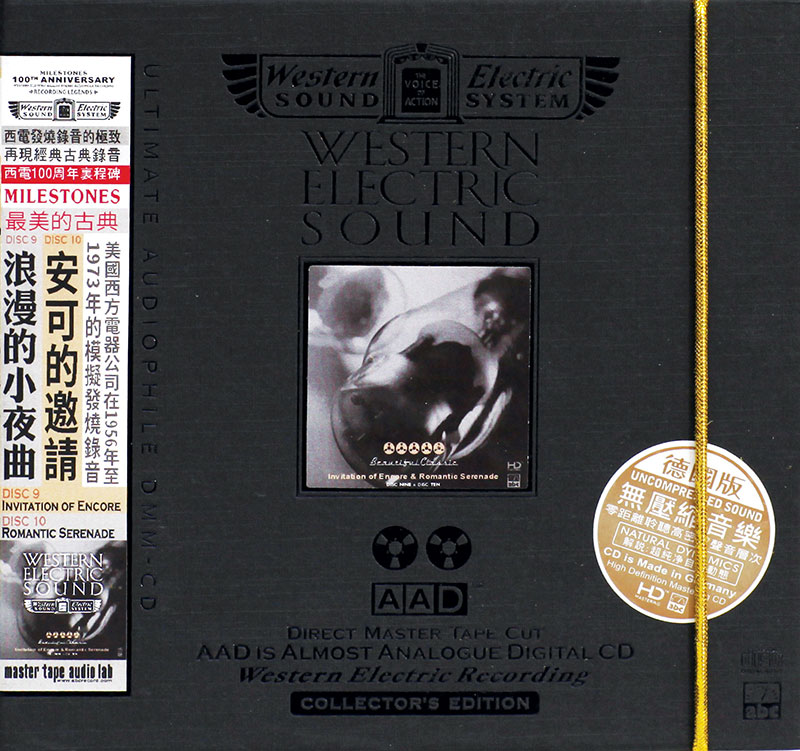
- Leonard Bernstein - conductor
- George Szell - conductor
- New York Philharmonic - orchestra
- STRAUSS, Johann
- WAGNER
- CHOPIN
- DVORAK
- SOUSA
AAD is a Digital Copy Of
The Master Tape
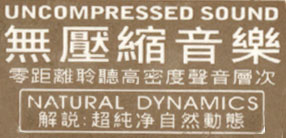 Every recording needs an appropriate venue. Whether it be a concert hall or church, a recital room or theatre, the place where musician gather and microphones are assembled must have an acoustic that is right not just for the style of music, but also for the special needs of recording. But a hall or theatre which seems to a concert-goer will not necessarily give the best sound when heard via two channels stereo. These are problems for any recording organization, but at Western Electric, from the arrival of stereo, we have sought a carefully poised balance of sound qualities which has made us especially critical when it comes to choosing auditoria for recording. We love the acoustics of good halls, and continue to believe that a stereo recording should always carry a sonic signature from its venue. But unless this happens naturally in response to our carefully evolved microphone procedures, we know that a location is unlikely to be suitable. A hall may need some acoustic treatment, but it has to be basically right to serve for the best recording. We have always been particularly proud of such precise recording tradition. This has been our practice of promising the balance of every recording via a two channel mix on the spot, during the sessions, so that everyone can hear how the final result will sound. In short, we do not manipulate the balance across a multitude of tracks, once an artist has given a recording his assent. “The performer is supreme, in a partnership of mutual trust” is how I would sum up the ethic underlying our policy.
These Western Electric Legends recordings remind us of the remarkable artistry of some of the twentieth-century’s greatest performers –but I also believe they bear witness to a unique and continuing tradition of music recording.
Every recording needs an appropriate venue. Whether it be a concert hall or church, a recital room or theatre, the place where musician gather and microphones are assembled must have an acoustic that is right not just for the style of music, but also for the special needs of recording. But a hall or theatre which seems to a concert-goer will not necessarily give the best sound when heard via two channels stereo. These are problems for any recording organization, but at Western Electric, from the arrival of stereo, we have sought a carefully poised balance of sound qualities which has made us especially critical when it comes to choosing auditoria for recording. We love the acoustics of good halls, and continue to believe that a stereo recording should always carry a sonic signature from its venue. But unless this happens naturally in response to our carefully evolved microphone procedures, we know that a location is unlikely to be suitable. A hall may need some acoustic treatment, but it has to be basically right to serve for the best recording. We have always been particularly proud of such precise recording tradition. This has been our practice of promising the balance of every recording via a two channel mix on the spot, during the sessions, so that everyone can hear how the final result will sound. In short, we do not manipulate the balance across a multitude of tracks, once an artist has given a recording his assent. “The performer is supreme, in a partnership of mutual trust” is how I would sum up the ethic underlying our policy.
These Western Electric Legends recordings remind us of the remarkable artistry of some of the twentieth-century’s greatest performers –but I also believe they bear witness to a unique and continuing tradition of music recording.






























